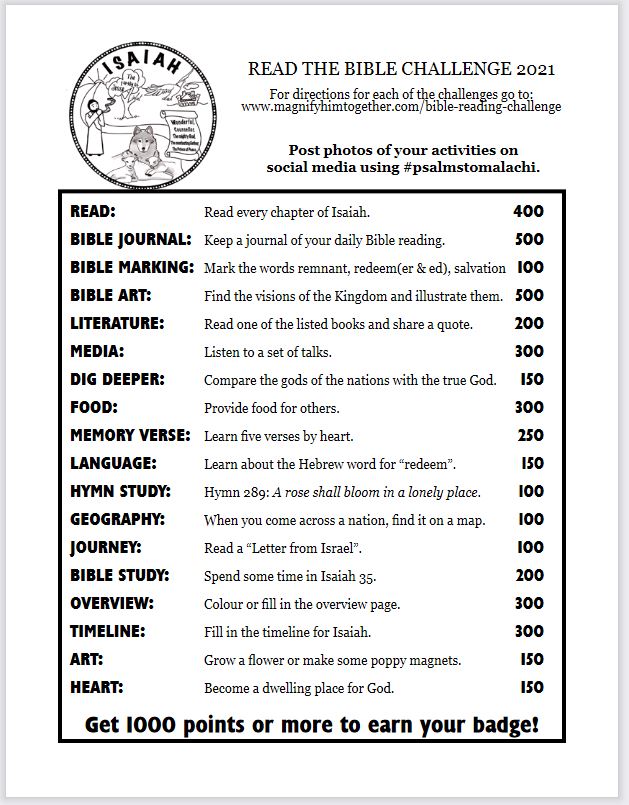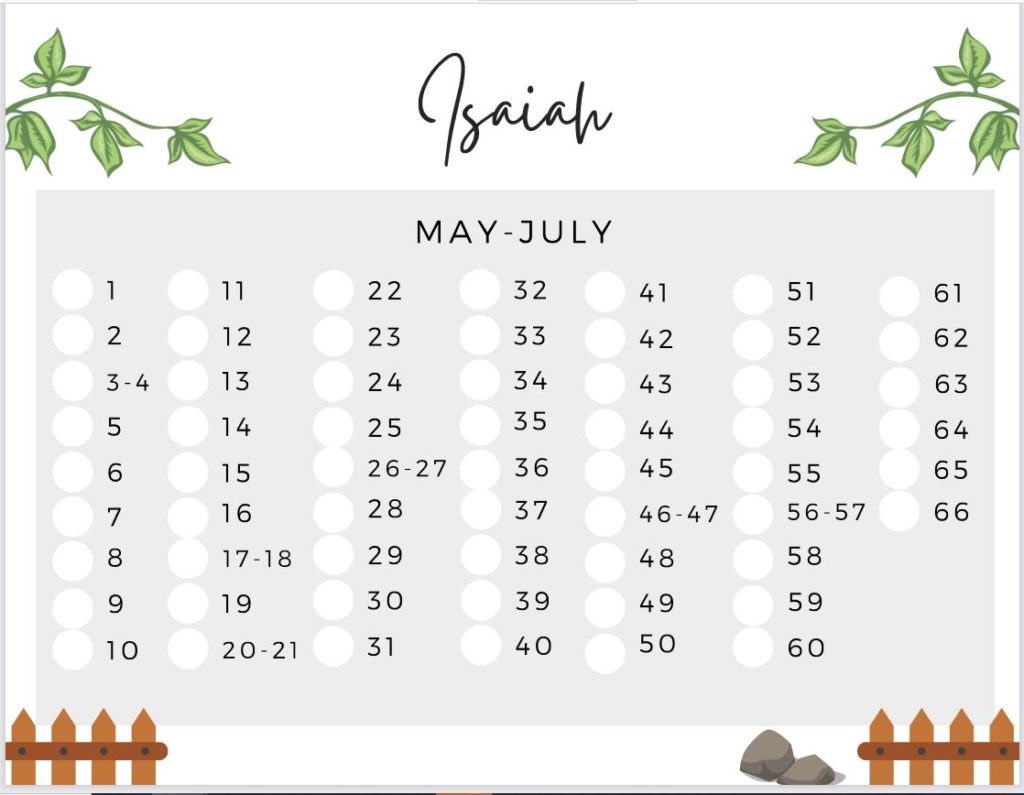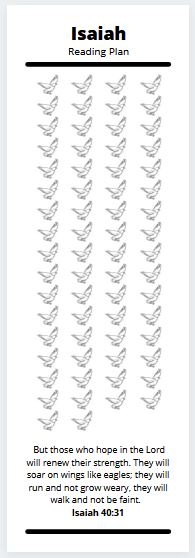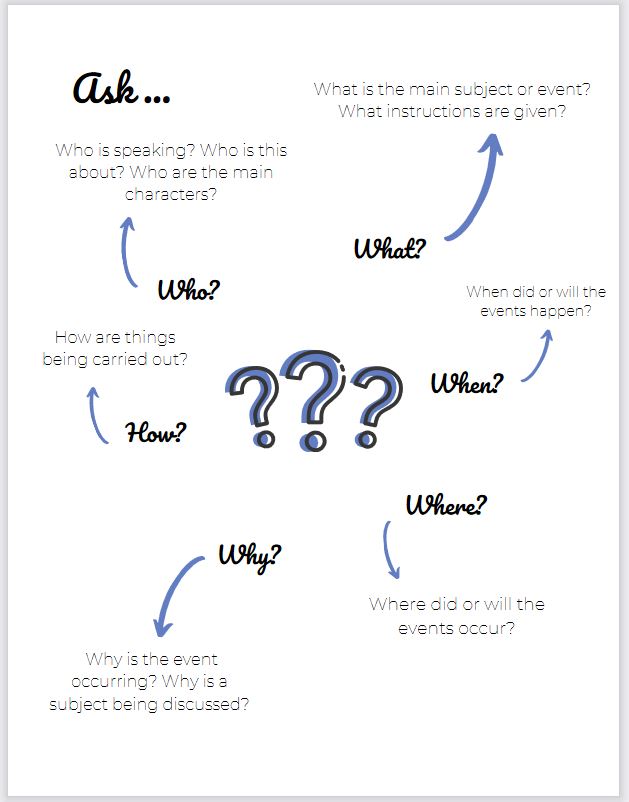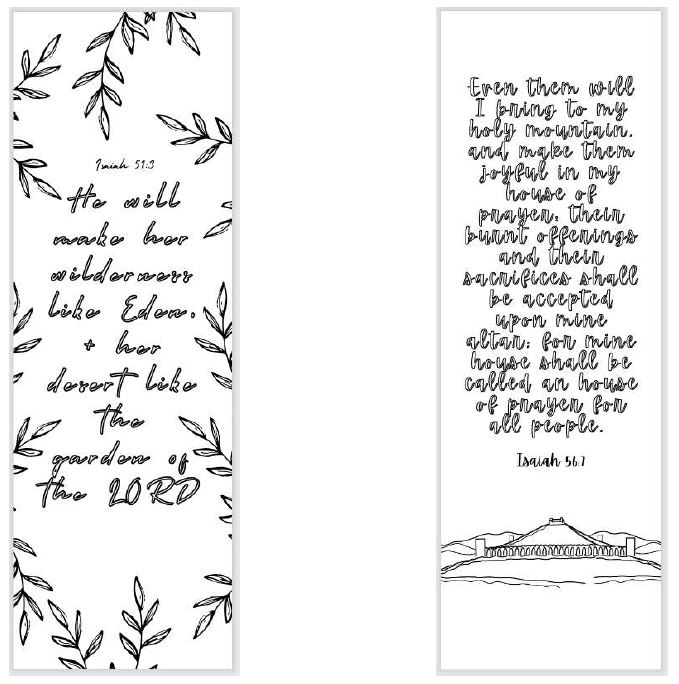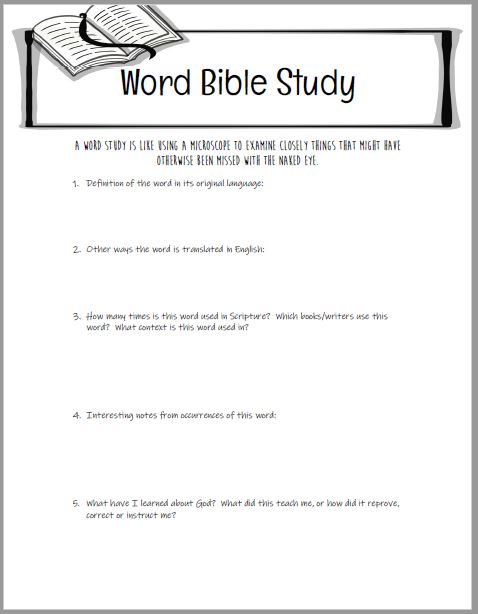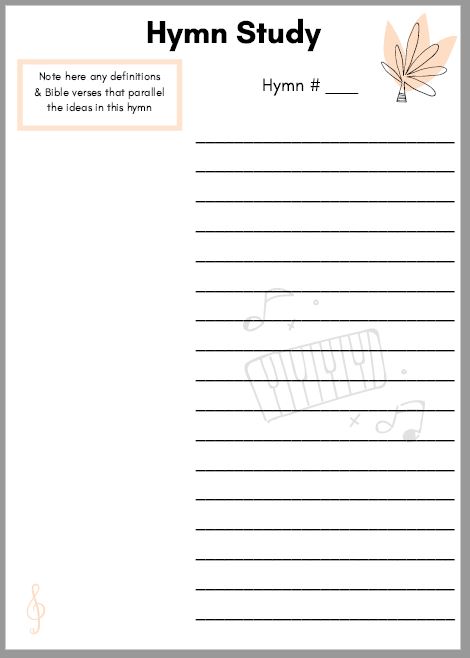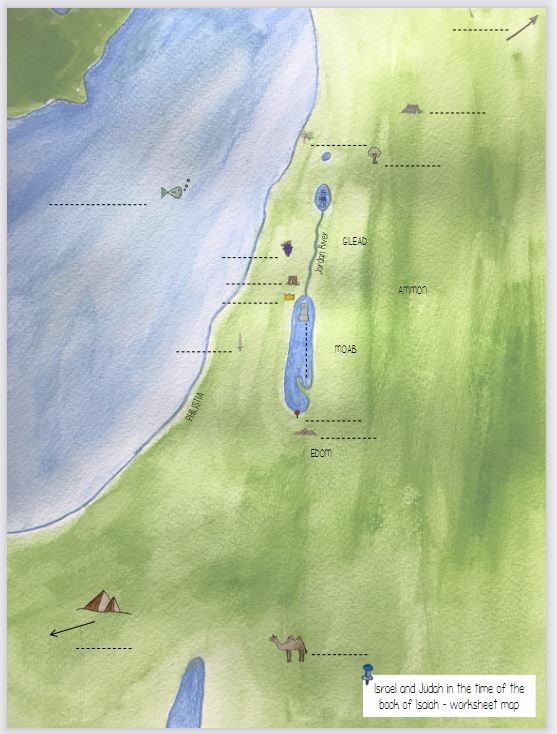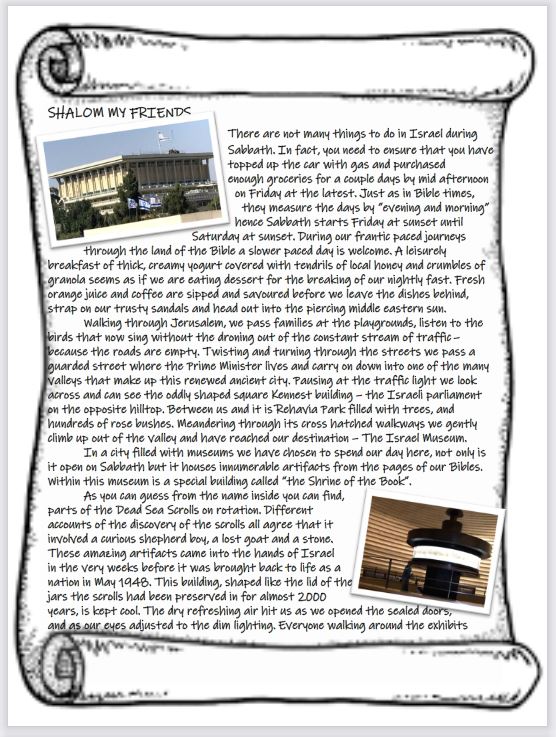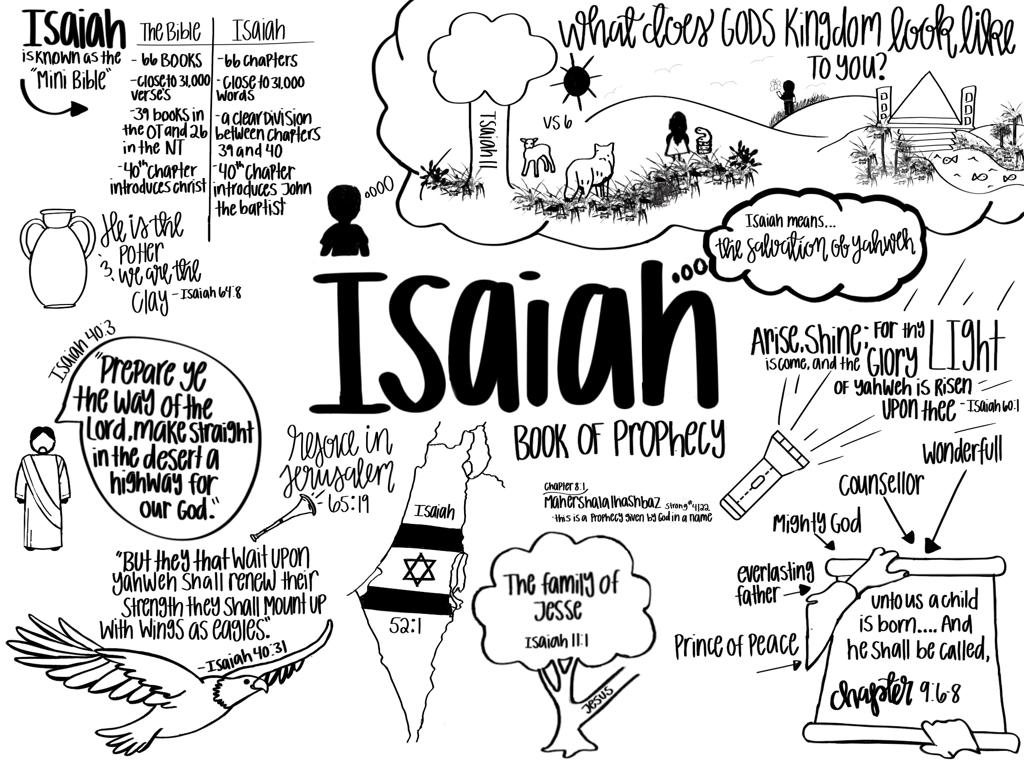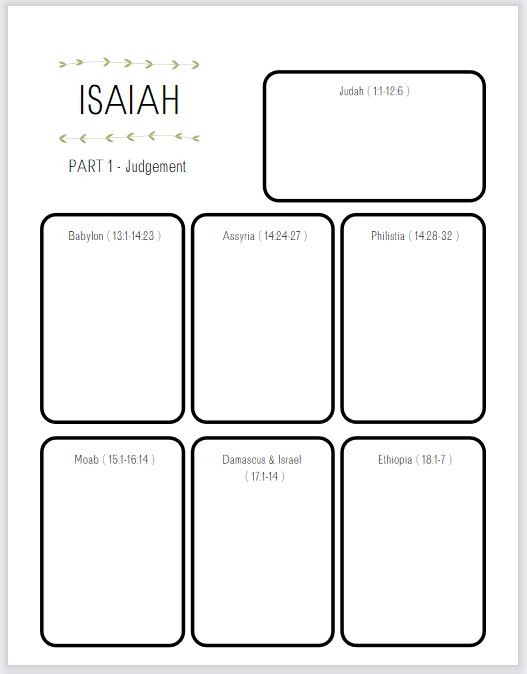
Isaiah Bible Reading Challenge
Use this challenge sheet filled with a variety of activities and Bible reading extensions. Some activities may be particularly suited for children and families, while others may be suited for adults and teens – there is something for everyone. Each activity collects a certain number of points with a goal of 1000 points. (Activity details are below.)
One of the best parts of a challenge is doing it together. Find another family to do it with, or involve your Sunday School or CYC. You can also share your thoughts, favourite verses, quotes, reviews, etc in “Sisters Bible Study” on Facebook or “readthebiblechallenge” on Instagram with the hashtag #psalmstomalachi and #2021readthebiblechallenge!
To see all of the challenges by book of the Bible visit: www.magnifyhimtogether.com/bible-reading-challenge.
Read - 400 Points
Read all the chapters of Isaiah for 400 points! Print off one of these templates can help track your reading.
Bible Journal - 500 Points
Use a notebook or a Bible Reading Journal to take notes while you read. You can order this one on Amazon or use your own notebook. You can also download and print this set of Bible Journal suggestion pages to paste in your notebook, if you wish. Share your thoughts or favourite verses.
Bible Marking - 100 Points
As you read through Isaiah, use coloured pencils to mark all the occurrences of the following words: remnant, redeemed, redeemer, salvation. These words are from the King James Version and may not be the same in other translations.
Bible Art - 500 Points
Find all the visions of the Kingdom in Isaiah. Maybe you want to draw pictures to illustrate them and put them where you can see them. Share your creations here: https://www.facebook.com/groups/1393428964180459
Literature - 200 Points
Read through the following book and share a quote or two:
Mighty to Save by Ray Willets
Media - 300 Points
Listen and write a summary!
Search for this series of talks on Christadelphian Bible Talks and Exhortations: Isaiah Visions of our Lord by Stephen Whitehouse.
Alternatively, listen to the Kids Bible Reading Podcasts:
- Kids’ Bible Reading Podcast – Episode 19. Isaiah 6 – Have you ever felt like you aren’t good enough? Isaiah gives us hope!
- Kids’ Bible Reading Podcast – Episode 20. Isaiah 11 – Out of the stem of Jesse
- Kids’ Bible Reading Podcast Episode 21 – Why do you like prophecy?
- Kids’ Bible Reading Podcast Episode 22 – Have you ever woken up in time to see the sun rise?
Dig Deeper - 150 Points
The gods of the nations around Israel are often contrasted with the God of Israel in Isaiah. Do some research and compare the gods of the nations at the time with what God says of Himself in Isaiah 40-46. Who do you want to be your God?
Food - 300 Points
Most of us enjoy plenty to eat, and plenty of variety in what we eat. However, there are huge numbers of people in the world and probably in our very own neighbourhoods who do not enjoy this privilege. Instead of thinking of food for ourselves, Isaiah reminds us to think of others. Chapter 58 speaks of the kind of fast that God is pleased with – one that is not just about ourselves, but about fasting ourselves so that others can be fed. Can you go without one meal a week and donate the cost to a foodbank? Can you share what you have with a family who has less? Can you grow extra vegetables in your garden this year to donate to a foodbank?
Hymn Study - 100 Points
Learn to play and sing hymn 289! This website provides piano music for each of the hymns that you can sing along with.
Write out the hymn (using the above template), and list Bible passages that relate to the different lines from the hymns along the side.
Art Project - 150 Points
The Heart - 150 Points
“At first sight it seems strange to find the man of poor and contrite spirit, and who trembles at God’s word, placed in the same category as God’s throne, and the house that Israel built. But when we are sufficiently enlightened by the Word, we perceive the true relation. Both the movable tabernacle of Moses in the wilderness, and the immovable temple of Solomon in Jerusalem, were more than mere places of worship of the Father, either movable or fixed. As Stephen says, ‘the Most High dwelleth not in temples made with hands’. These structures represented the dwelling-place of the Father in a man, who, in the language of inspiration, is called ‘the true tabernacle, which the Lord pitched, and not man’ (Hebrews 8:2); and who said of his mortal body: ‘Destroy this temple, and in three days I will raise it up’ (John 2:9).
“Christ is the substance represented by the ‘temples made with hands’, whether the tabernacle or the temples of Solomon, Zerubbabel, Herod, or of Ezekiel’s visions. ‘God was in Christ reconciling the world unto himself”. Much more gloriously will God be in Christ when the world is reconciled unto himself. It will be an immortal manifestation, not only in the Lord Jesus individually, but in a multitude of his brethren made ‘like him’. This is ‘the Father’s house of many mansions’, or abiding places of which he spoke in promise to his disciples (John 14), and concerning which he said that he went away to prepare for them places therein, that he might come again and receive them unto himself in his everlasting inheritance.”
(The Ministry of the Prophets: Isaiah by Robert Roberts and C.C. Walker)
Thank you to Julie S, Karen P, Bailey M, Sarah W, Sheva B, Lindsay B for the contributions to the Isaiah Challenge!
More Resources
For more Isaiah resources check out the following links:
- Sweet Meditations: Isaiah 11 Illustrated booklet – including free coloring pages
- Sweet Meditations Isaiah 35 Illustrated booklet – including free coloring pages
- Sweet Meditations Isaiah 40 Illustrated booklet – including free coloring pages
For more Bible Reading ideas check out the following links:

